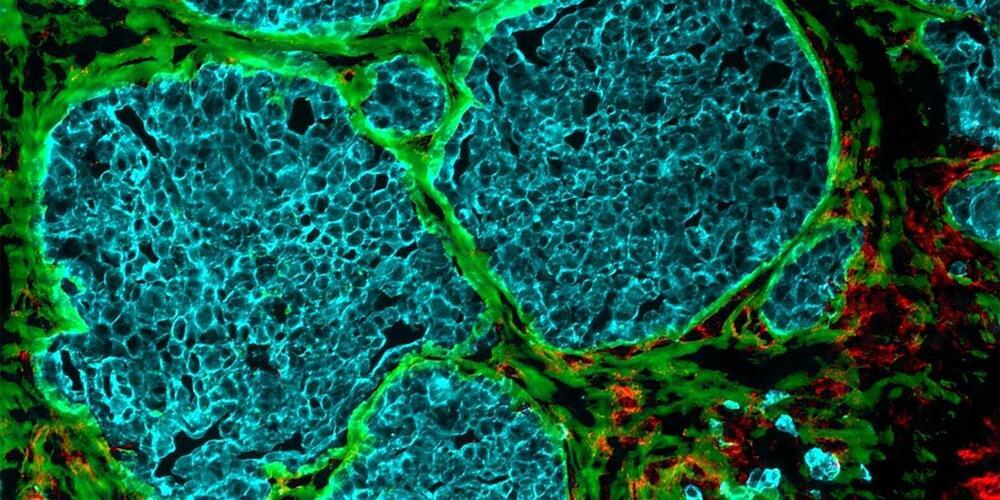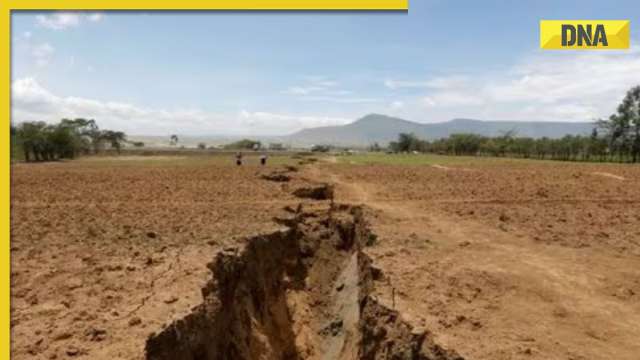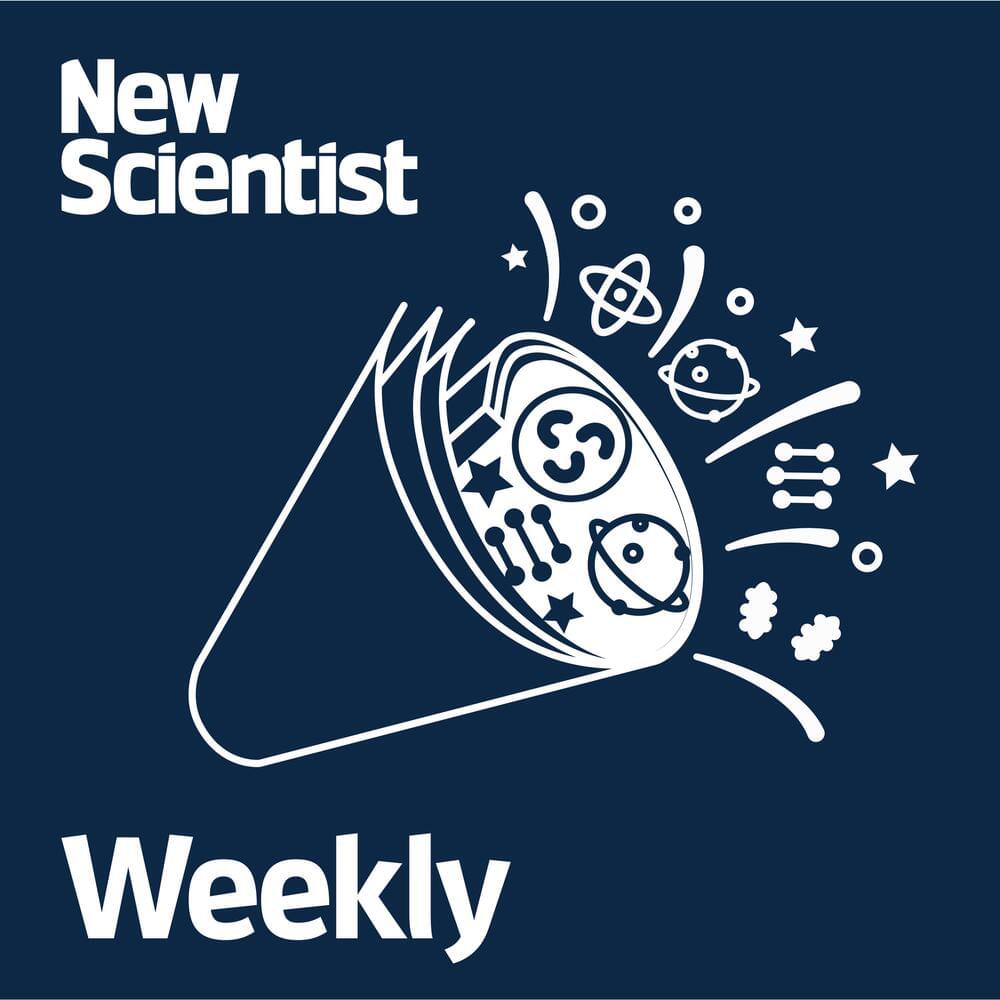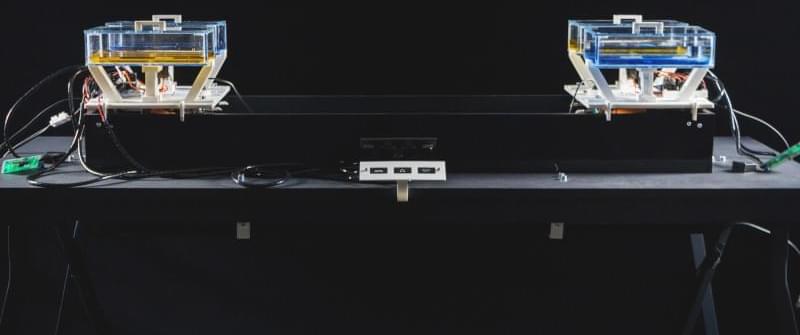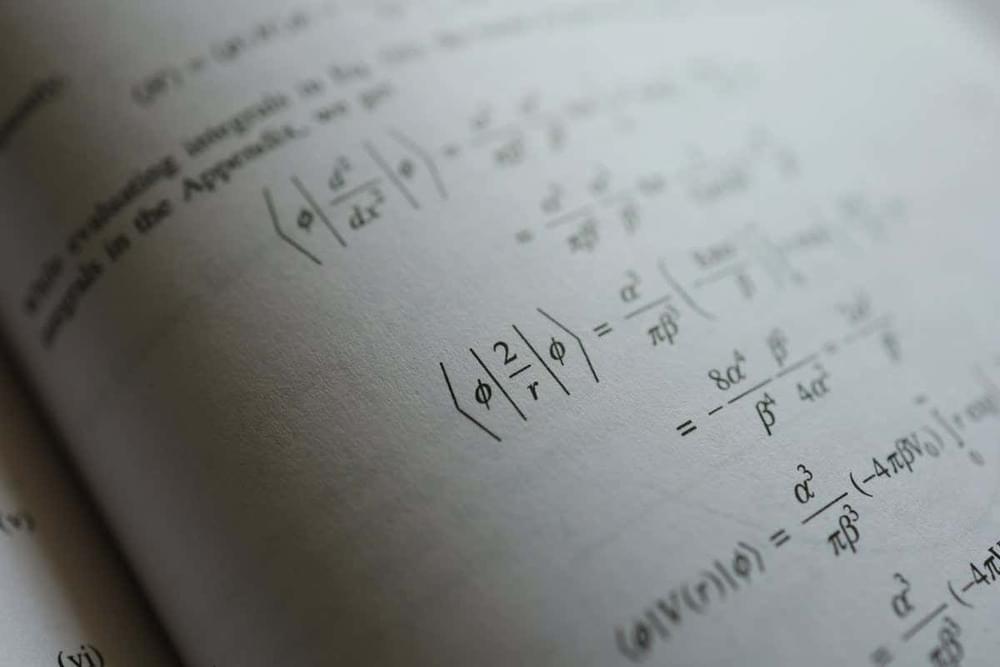Mar 18, 2023
Tomorrow Biostasis: The Berlin Startup That Wants to Bring You Back from the Dead
Posted by Kelvin Dafiaghor in categories: biotech/medical, cryonics, life extension, neuroscience
What if death was not the end? What if, instead of saying our final goodbyes to loved ones, we could freeze their bodies and bring them back to life once medical technology has advanced enough to cure their fatal illnesses? This is the mission of Tomorrow Biostasis, a Berlin-based startup that specializes in cryopreservation.
Cryopreservation, also known as biostasis or cryonics, is the process of preserving a human body (or brain) in a state of suspended animation, with the hope that it can be revived in the future when medical technology has advanced enough to treat the original cause of death. This may seem like science fiction, but it is a legitimate scientific procedure, and Tomorrow Biostasis is one of the few companies in the world that offers this service.
Dr Emil Kendziorra, co-founder and CEO of Tomorrow Biostasis explained that the goal of cryopreservation is to extend life by preserving the body until a cure can be found for the original illness. He emphasized that cryopreservation is not a form of immortality, but rather a way to give people a second chance at life.

